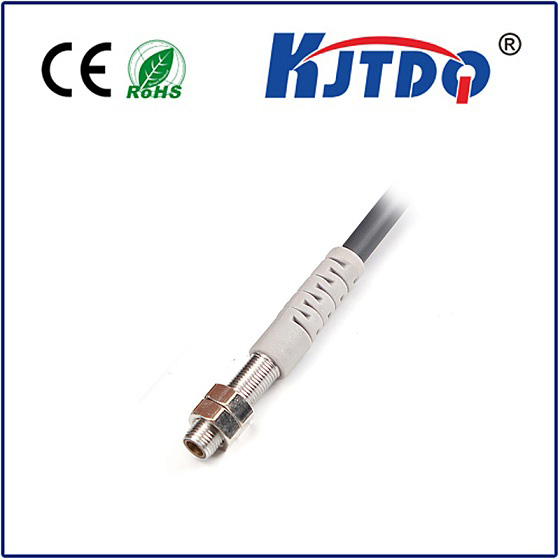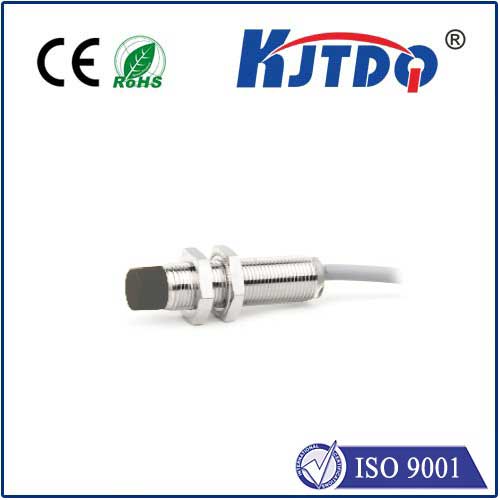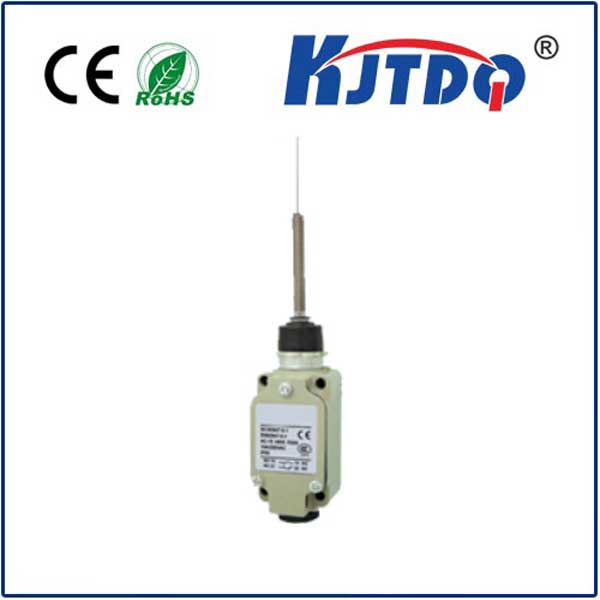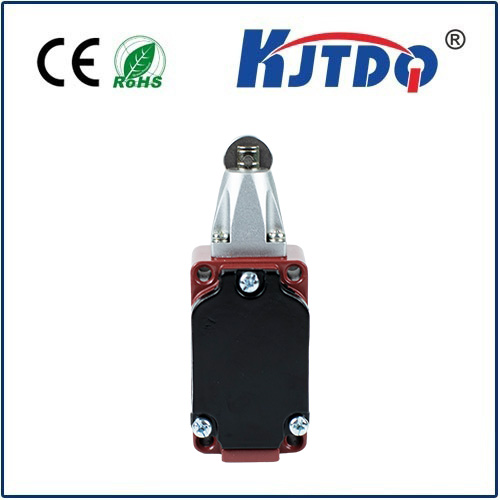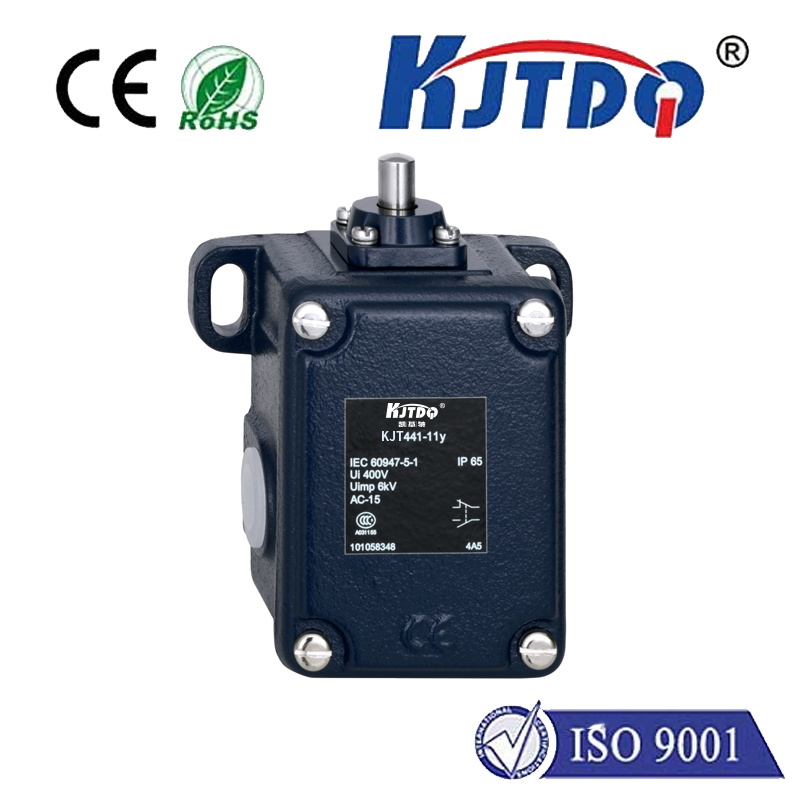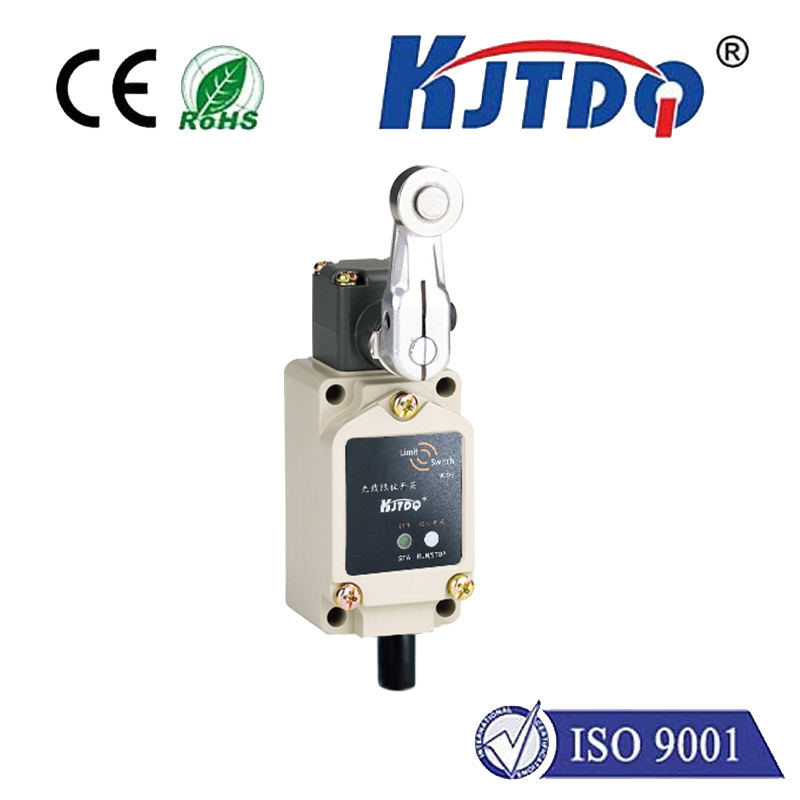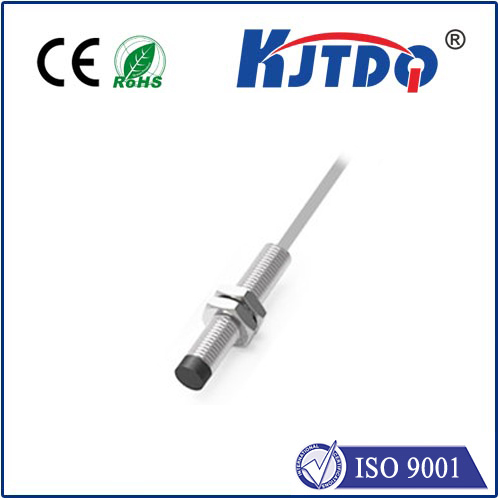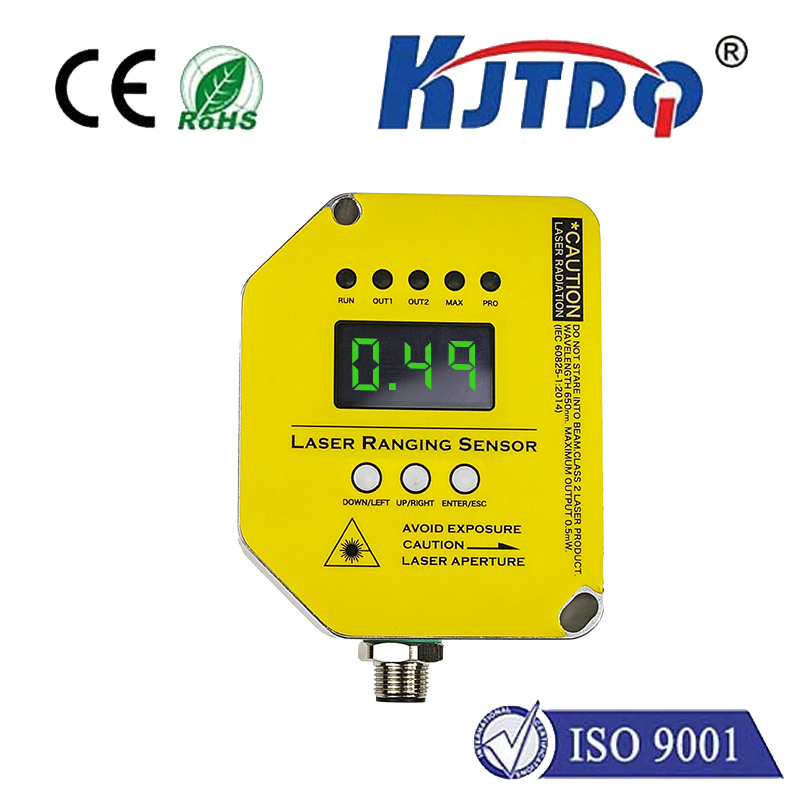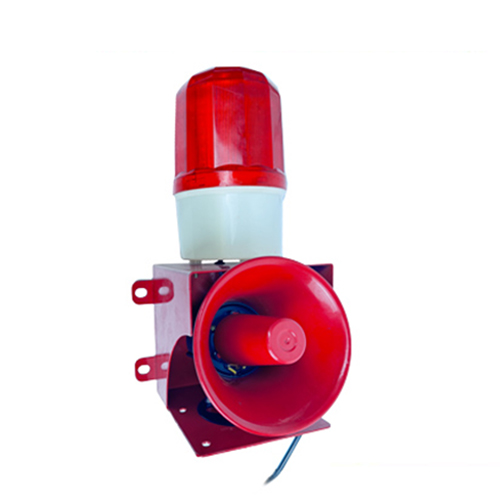

check

check

check

check

check

check

check

check

check

check
Body:
PNP Induction proximity sensors are commonly used in a wide range of applications due to their versatility and high accuracy. These sensors work by using the principle of induction, which involves the creation of an alternating magnetic field between two coils.
When a metal object approaches the sensor, it creates a magnetic field that interacts with the coils inside the sensor. This interaction causes a change in the electric current flowing through the circuit, which can be measured to determine the distance of the object. The sensor can be designed to operate over a wide range of distances and detect objects made of various materials.
One advantage of PNP inductive proximity sensors is their ability to detect objects even in the presence of strong electromagnetic fields. This makes them ideal for use in industrial and automotive applications where other sensors may be affected by external interference. However, they do have some limitations, such as their sensitivity to changes in temperature and their tendency to generate False positives or False negatives.
Despite these challenges, PNP inductive proximity sensors continue to be a valuable tool in many different industries. With advances in technology and design, we can expect to see improvements in their performance and increased adoption in new applications in the future.
